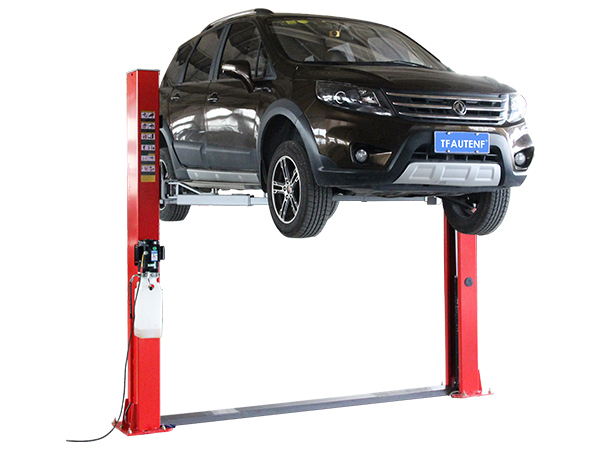
Safely lifting your car begins with the most critical step: locating the correct lift points. These "lifelines" are directly related to preventing chassis damage and ensuring operational safety; they must never be chosen at random.
1. Prioritize Official Designated Locations.
The most reliable method is to consult your vehicle's owner's manual or service manual. Look for sections titled "Lifting the Vehicle" or "Jacking," which typically contain clear diagrams pointing out the reinforced seams or pads specifically designed for lifting.
2. Inspect the Underside.
If the manual is unavailable, carefully examine the vehicle's undercarriage. Often, you will find noticeable notches or recesses on the metal side rails (or sills) running beneath the doors, which are common lift points. Some models also feature dedicated support platforms on the front and rear subframes.
3. Always Use Professional Pads.
Once the points are located, it is essential to use the rubber or polyurethane pads that come with the lift. These pads ensure full contact with the vehicle's lift points, protecting the undercoat and metal from scratches and, crucially, preventing slippage by increasing friction and stability.
Remember, using incorrect lift points can lead to severe body panel damage or even cause the vehicle to fall. If you are ever uncertain, always seek professional assistance.